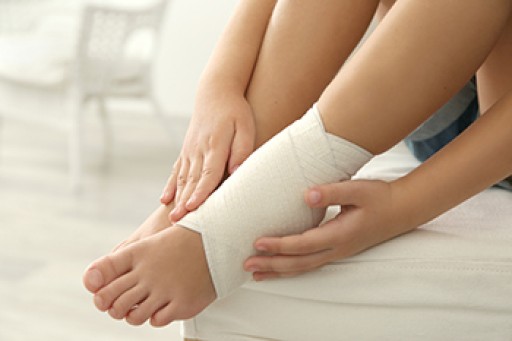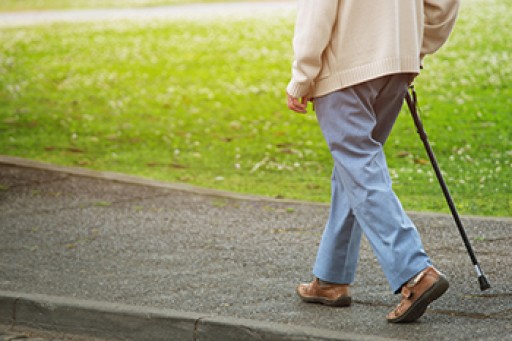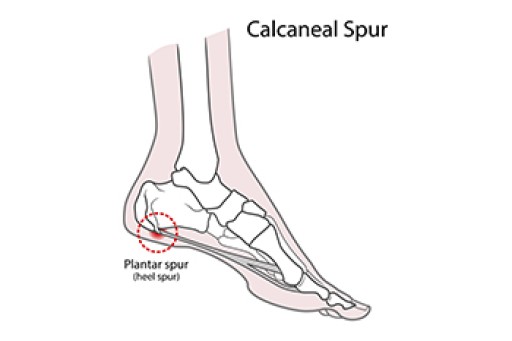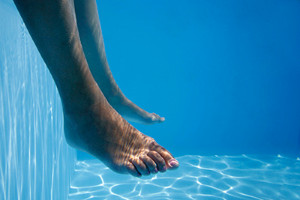
When an individual sprains an ankle they may notice that the tissues or ligaments surrounding the ankle bones have become stretched or unnaturally torn. As a result, the ankle sprain might cause discomfort to the patient and they may demonstrate some kind of limitation in the degree of their ankle motion. An individual may notice that sleeping with an ankle that is sprained can be uncomfortable or difficult. There are several steps that one might consider taking when trying to sleep easier with a sprained ankle. The pain at night stemming from the sprained ankle largely depends on how you are caring for the ankle throughout the day. For example, resting, elevating, and possibly icing the ankle during the daytime may lead to decreased discomfort during the nighttime. Additionally, a person might consider elevating the foot to help mitigate the discomfort felt at night from an ankle sprain. If you are having trouble sleeping at night due to an ankle sprain, contact a podiatrist today.
Ankle sprains are common but need immediate attention. If you need your feet checked, contact one of our podiatrists from Associates in Podiatry, PC. Our doctors can provide the care you need to keep you pain-free and on your feet.
How Does an Ankle Sprain Occur?
Ankle sprains take place when the ligaments in your ankle are torn or stretched beyond their limits. There are multiple ways that the ankle can become injured, including twisting or rolling over onto your ankle, putting undue stress on it, or causing trauma to the ankle itself.
What Are the Symptoms?
- Mild to moderate bruising
- Limited mobility
- Swelling
- Discoloration of the skin (depending on severity)
Preventing a Sprain
- Wearing appropriate shoes for the occasion
- Stretching before exercises and sports
- Knowing your limits
Treatment of a Sprain
Treatment of a sprain depends on the severity. Many times, people are told to rest and remain off their feet completely, while others are given an air cast. If the sprain is very severe, surgery may be required.
If you have suffered an ankle sprain previously, you may want to consider additional support such as a brace and regular exercises to strengthen the ankle.
If you have any questions please feel free to contact our offices located in Pittsburgh-South Hills, and Pittsburgh-Bellevue, PA . We offer the newest diagnostic and treatment technologies for all your foot and ankle needs.











